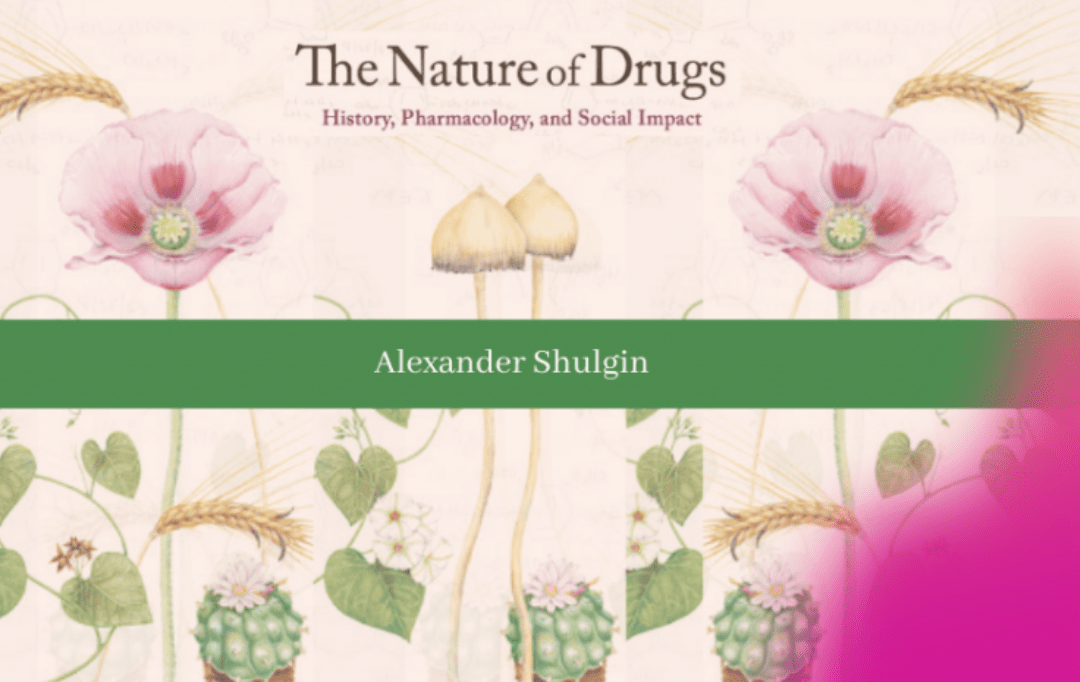By Lex Pelger
A review of The Nature of Drugs: History, Pharmacology, and Social Impact (Synergetic Press, 2021), a collection of eight lectures given by the “godfather of ecstasy” Dr. Alexander Shulgin.
And so begins one of the best classes you’ll ever take…
“Most of you have already been exposed to drugs, and most of you will personally decide if you wish to become exposed again in the future. The goal of this course is to provide specific information concerning drugs, as to their actions, their risks, and their virtues. And that’s really what my role is, I’m a seeker of truth. I’m trying to find out what’s there. I am not an advocate for nor an advocate against drug use. I have my own personal philosophies that have no business in here. You’ll find that I am quite sympathetic with a lot of drugs that people say are evil and bad. But in truth, I want you to have enough information that you can decide for yourself whether this is something that’s your cup of tea, quite literally caffeine, or whether it is something you wish to stay out of.
“I’m going to have a theme for this whole course called “warts and all.” Namely, what is known about drugs, what is to be found out about them, what do they smell like, what do they taste like, what are the goods, what are the bads. Why is it so bad to use drugs? Why is it occasionally so good to use drugs?”
—Alexander Shulgin, The Nature of Drugs: History, Pharmacology, and Social Impact
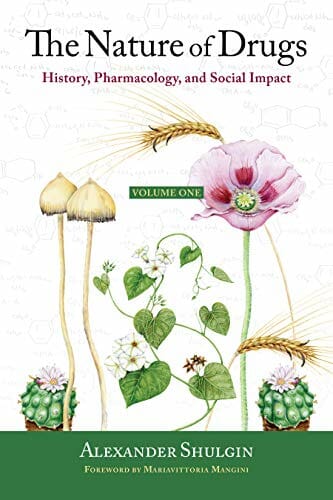
What’s beautiful about this work—a volume of the first eight lectures from Alexander “Shasha” Shulgin’s popular course on drugs at San Francisco State University—is that for those of us who never knew Sasha, or only saw him briefly, it’s a window into a beautiful soul. Like Robert Sapolsky, he’s one of those extraordinary teachers of science who brings so many layers to the experience of how science actually works. Through his anecdotes and asides, he does away with science as a function of perfect observers, removed from their subjects with ideal impartiality and presents a messy system of egos, funding priorities, ‘novelty’ and blind groping towards the Truth.
Many of us know Dr. Alexander Shulgin through the landmark books he wrote with his wife Ann, PIKHAL and TIKHAL, which are a mix of autobiography, love story, and drug syntheses. Even more of us know him through his beloved compound MDMA, which he popularized and made famous. But this book, The Nature of Drugs: History, Pharmacology, and Social Impact, shows another side: a teacher of phenomenal worth.
I’ve been studying drugs for twenty years, but Sasha Shulgin’s lectures to his students still gave me new insights on almost every page. He has a way of making the complexities of pharmacodynamics accessible by turning the human body into a bathtub. He talks about how the water gets filtered, how it goes down the drain, and how that makes a difference in the drugs you take. The understanding he imparts of how drugs work is invaluable.
But what feels so special is the glimpses you get of the alchemical man himself. In these lectures, occurring in the Year of our Reagan 1987, he makes clear his opposition to the War on Drugs. The students taking his course might not have expected a year-by-year rundown of the increasing crackdowns since 1980, but that’s what they learned. And if you sit yourself in their seat as you read this book, imagine being a student in Reagan’s Amerika learning about the Drug War from a white-haired chemist who admits in the first lecture, out of the 250 known psychedelic compounds, to have tried about 150 of them.
But he doesn’t look like Hunter S. Thompson. He looks like a tall kindly man with his pretty wife in the front row taking notes. He approaches chemistry as a ‘sacred art’. He rails against ‘holding laws’ that are simply used to hold people that the police don’t like the look of. He drops jokes constantly and calls his scribbled diagrams of molecules ‘dirty pictures’. I like to imagine myself in this classroom and I wonder if I would have been sharp enough to figure out that this was one of the greatest underground chemists of all time.
There’s a clue near the end, while he’s talking about his own history in industrial research and playing one of his imagination games with his students:
“Take, for example, how you define new sweetening agents, agents that you put in coffee that make coffee taste sweet. How would you go about finding them? It’s your job. You’re hired and you are working for Monsanto. “Find a new sweetening agent. We want to knock Nutrasweet off the market.” How are you going to find it? You’re right now at the nitty gritty of research; your task is to find a new sweetening agent. Here are our leads. Here are five materials that do cause sweet tastes, but this is too toxic, this has a bitter aftertaste, this one takes fifteen minutes to come on, this one causes cancer, and that one causes teratogenesis. We can’t use them. But we need one because we’re losing the market. Saccharine is not going to be available much longer. How do you find one?
“Well, my philosophy, that people would cringe at, is to put a damp finger into it and taste it. [Laughter.] That to me is the heart of how you find a sweetening agent. Well, what if it’s going to cause cancer of the jaw? Okay, then you come down with cancer of the jaw, but you’ve found a sweetening agent. [Laughter.] So you have risk and you have reward.”
This was the same method he used to test MDMA when he first synthesized it a decade before these lectures. Unfortunately, only three months earlier, the feds had banned MDMA by putting it into Schedule 1. They also passed the Federal Analogues Act that would be used as a wide club against any “substantially similar” molecule (a phrase that makes him shake his head. “Is the taillight structure of a 1986 Pontiac “substantially similar” to the taillight structure of a 1984 Chevrolet?”). Despite these crackdowns, his wife in the front row would go on to lead an untold number of therapists into an alliance with MDMA and its chemical cousins like 2C-B. And their books PIHKALand TIHKAL would document a beautiful love story, fertilized by his psychoactives. He knew that the drugs that interested him couldn’t be found by testing them in animals. As an alchemist, he knew you had to stick your finger into it and taste it for yourself.
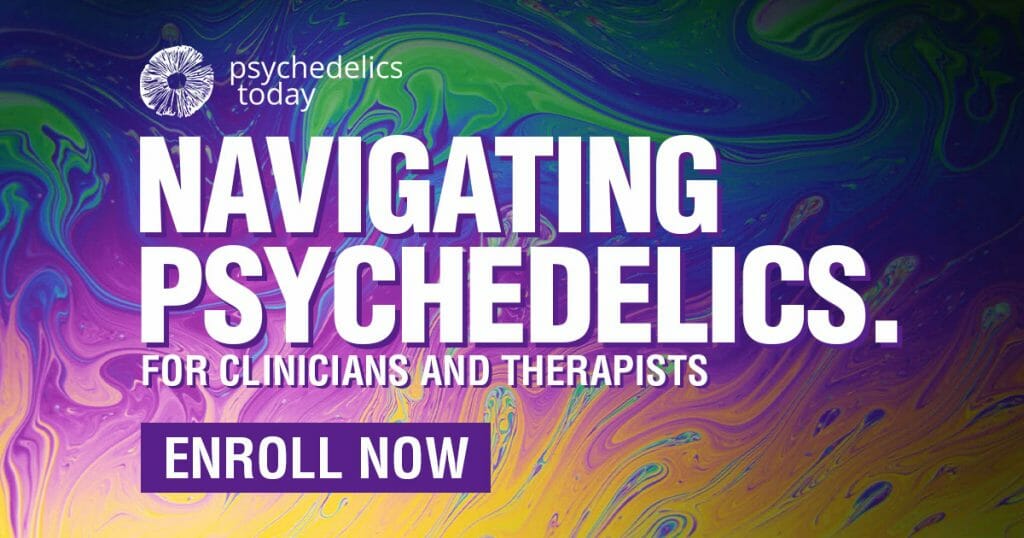
Shulgin’s First Taste
In his first lecture, he shares with the students,
“My first experience with morphine was with a wound I had during WWII and I was going into England. I was about three days out of England on a destroyer and was below decks and we were playing cards and killing the time until we got into England. I was on morphine pretty much all the time because this was one hell of a painful thing. And I was dealing with one hand, I learned to deal with one hand, and the guy in sick bay would come by and say, “Is your thumb still hurting you?” “Yeah, probably a little bit more than it had before. Whose deal?” You know, the next thing you’re dealing cards. The pain is still there. It’s a beautiful, powerful tool to treat pain because the pain is there, but it doesn’t bother you.”
As he doesn’t reveal in the first lecture, in 1960 Sasha first tried mescaline while a young chemist at Dow Pharmaceuticals. He said of the experience, “I understood that our entire universe is contained in the mind and the spirit. We may choose not to find access to it, we may even deny its existence, but it is indeed there inside us, and there are chemicals that can catalyze its availability.’’
Chemicals can also catalyze profitability. The next year, he created Zectran, the first biodegradable pesticide. Dow could sell it by the ton. And as he said to his class—most likely with a wink and a Groucho Marx smile, “And industries love things they can sell by the ton.”
With his success, Dow was content to leave him alone in his lab, puttering around and doing just the kind of things he wanted. It was a chemist’s dream. And this dreamer dreamed up novel psychedelics.
As Hamilton Morris lovingly laid out, Sasha began with a simple modification to the mescaline molecule. He added one carbon to a side-chain and it became the psychedelic amphetamine that he called TMA. He continued experimenting and produced TMA-2 through TMA-6. The last one eventually went on to become a moderately popular psychedelic in the US and Japan.
As an alchemist, he knew you had to stick your finger into it and taste it for yourself.
1963 marked the beginning of the end for the cushy Dow years: Sasha synthesized DOM (his PIHKAL entry here). By 1966, with LSD illegal, this psychedelic amphetamine started appearing on the street under the name STP (Serenity, Tranquility, and Peace). It earns its name. Shulgin himself said on 4 mg, “It is a beautiful experience. Of all past joys, LSD, mescaline, cannabis, peyote, this ranks number one.”
But the effects of DOM can last much much longer than LSD. You might have been enjoying the merry-go-round, but eventually you want to get off and let the world stop spinning. At 5 mg, he wrote, “The experience continued unabated throughout the night with much tension and discomfort. I was unable to get any sleep. I hallucinated quite freely during the night, but could stop them at will. While I never felt threatened, I felt I knew what it was like to look across the brink to insanity.”
Unfortunately, just in time for the Summer of Love, some underground chemist dosed a batch at 20 mg of DOM per pill. On top of that high dosage, the full effects can take two hours to kick in and so it’s easy to imagine redosing because you don’t think it’s working. In Golden Gate Park at the huge and historic Human Be-In, thousands got way too high in trips that could last for three days. Within a year, the feds made DOM illegal and when Dow figured out the mind behind the molecule, they kindly showed Dr. Shulgin the door.
He went to his home laboratory in the hills outside Berkeley, California, and became a gentleman scientist in the vein of Ed Ricketts. But instead of the sea, Shulgin peered into the mind. He kept his Schedule 1 license by being useful to the DEA and funded himself with consultations and teaching. In plain sight of the authorities, he tinkered with hundreds of psychedelics—including the rediscovery of MDMA.
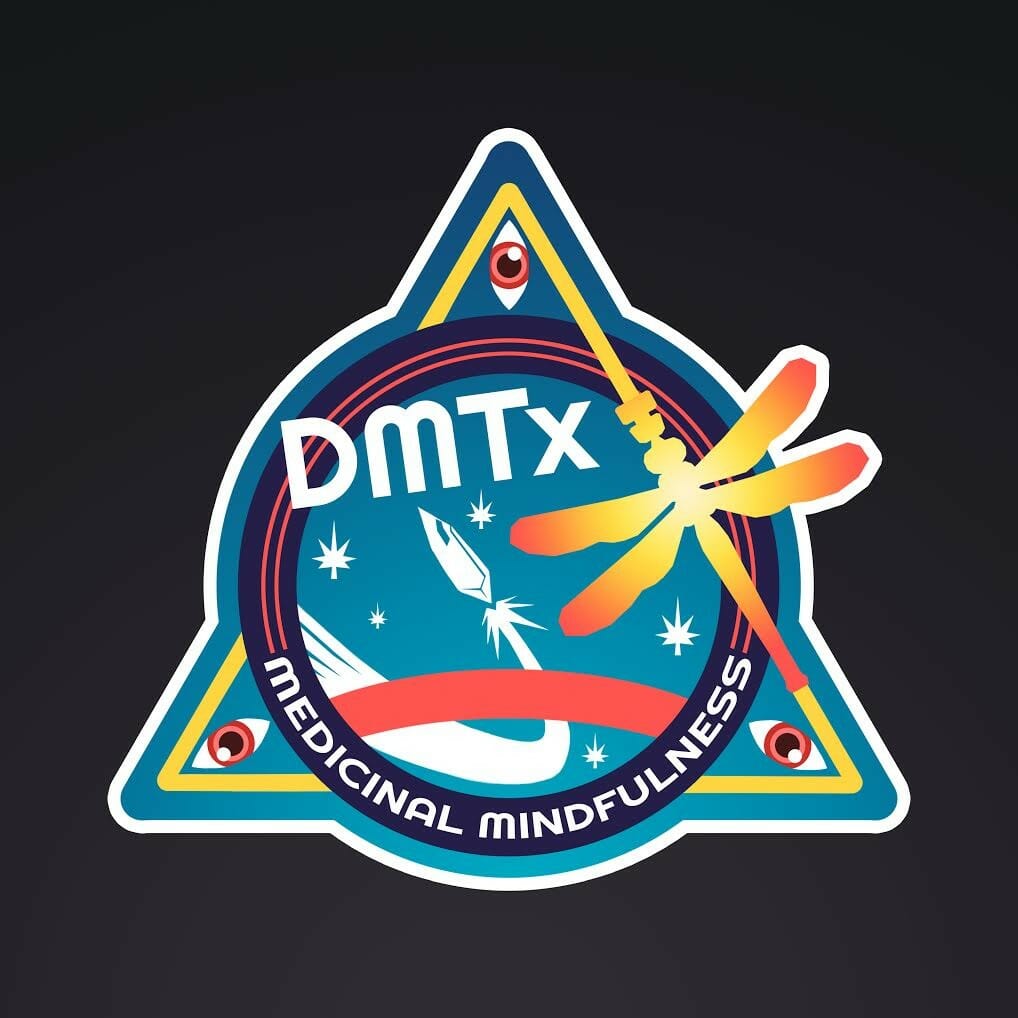
Alexander Shulgin’s Definitions
From this unique perspective, the students in Sasha’s class got to learn about two of the trickiest problems in pharmacology and sociology:
- How do you define ‘drug’?
- How do you define ‘drug abuse’?
He begins, “Philosophy aside, what is a drug? The FDA has given a marvelous, marvelous, long legal definition that goes on for four paragraphs”. He continues to gently mock this FDA definition until he shares a better explanation from Professor Samuel Irwin: “A drug is any chemical that modifies the function of living tissue, resulting in physiological or behavioral change.” But Shulgin takes it farther:
“I would make the definition looser yet, and considerably more general. Not just a chemical, but also plants, minerals, concepts, energy, just any old stuff. Not just changes in physiology or behavior, but also in attitude, concept, attention, belief, self-image, and even changes in faith and allegiance. “A drug is something that modifies the expected state of a living thing.” In this guise, almost everything outside of food, sleep, and sex can classify as a drug. And I even have some reservations about all three of those examples.”
Cue the laughter. In these transcripts, you often see [laughter], and you know the transcribers are probably underreporting it. It makes you want to listen to the original tapes. Those lucky kids, getting to learn about ingestion methods from one of the great alchemists of the century. Sasha teaches on how we metabolize these drugs, how they sequester to different tissues, how we form bad habits with them and how we form good habits with them.
“If you can drink modestly, if you can use tobacco modestly and have a choice, have freedom of choice, and choose to do it and you have a good relationship with it, and it applies to alcohol, it applies to tobacco, it applies to LSD, it applies to heroin—there is nothing intrinsically evil about any of those drugs. Drugs are not intrinsically evil. In fact, we are going to get into the question of what is drug abuse. The problems that are bothersome with the definition of the word “drug” are nothing compared with the ones that are to be faced with the word “abuse.””
He even had a collection of definitions of ‘drug abuse’. From his huge consumption of articles, essays and public talks, you can imagine the different versions collected in his files, like species of beetles pinned in a collector’s cabinet. He found they fell into “the four operative words: what, who, where and how.”
What a drug is…
- a particularly lousy definition because drug abuse is linked directly to the shape of the molecule itself.
Who’s giving the drug…
- following Szasz, if drugs from a doctor is drug use and if self-medication is drug abuse, then doctors stand between you and your drugs like priests did between you and God before the Reformation.
Where is the drug obtained…
- according to Dr. Jerome Levine at NIMH, drugs from “illicit channels, and/or in medically unsupervised or socially unsanctioned settings.”
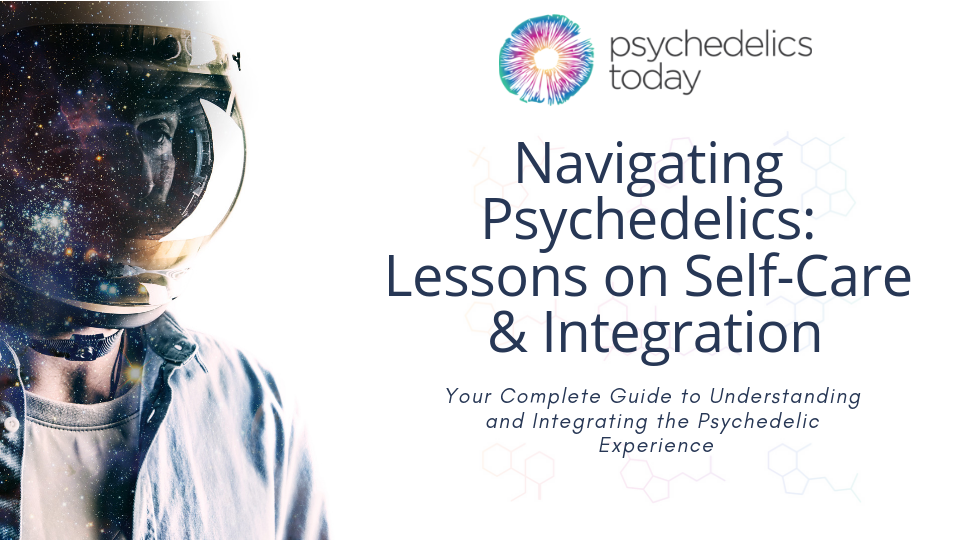
And finally, how are drugs used?
“I personally believe, most strongly, that in the improper use of drugs lies their abuse. Dr. Irwin has phrased it thusly: “[Drug abuse is] the taking of drugs under circumstances, and at dosages that significantly increase their hazard potential, whether or not used therapeutically, legally, or as prescribed by a physician.
…
“People use drugs, have always used drugs, and will forever use drugs, whether there are physicians or not…
“Any use of a drug that impairs physical or mental health, that interferes with one’s social functioning or productivity is drug abuse. And the corollary is also true. The use of a drug that does not impair physical or mental health or interfere with social functioning or productivity is not drug abuse. And the question of its illegality is completely beside the matter.”
And the Freedom Fighter in him isn’t slow to point out how these definitions are used to harm people in the real world via the War on Drugs. Plus, the sly wizard mentions the recent banning of MDMA as a textbook example of the misuse of drug abuse.
What a prof. He defines terms, rambles on to fascinating asides and uses brilliant metaphors. And of course, he made no secret of his dislike of midterms, finals and grades. He’s the kind of cool teacher who takes a Socratic poll on what kind of final to have and finally decides to make it an essay question where you have to disagree with him.
Buy The Book: The Nature of Drugs
All these lectures give the portrait of a courageous, beautiful soul. And with this book, the course is only getting started. There’s another volume still to be published where he will drill down into the various categories of drugs.
Anyone interested in psychoactives should get this book and support the further compiling of Dr. Shulgin’s work. If you’ve ever spent $30 on any of his chemical creations, helping out by buying the book seems only fair. And you get to own a lovely portrait of someone whom we are very lucky for having lived and having taught.
About the Author
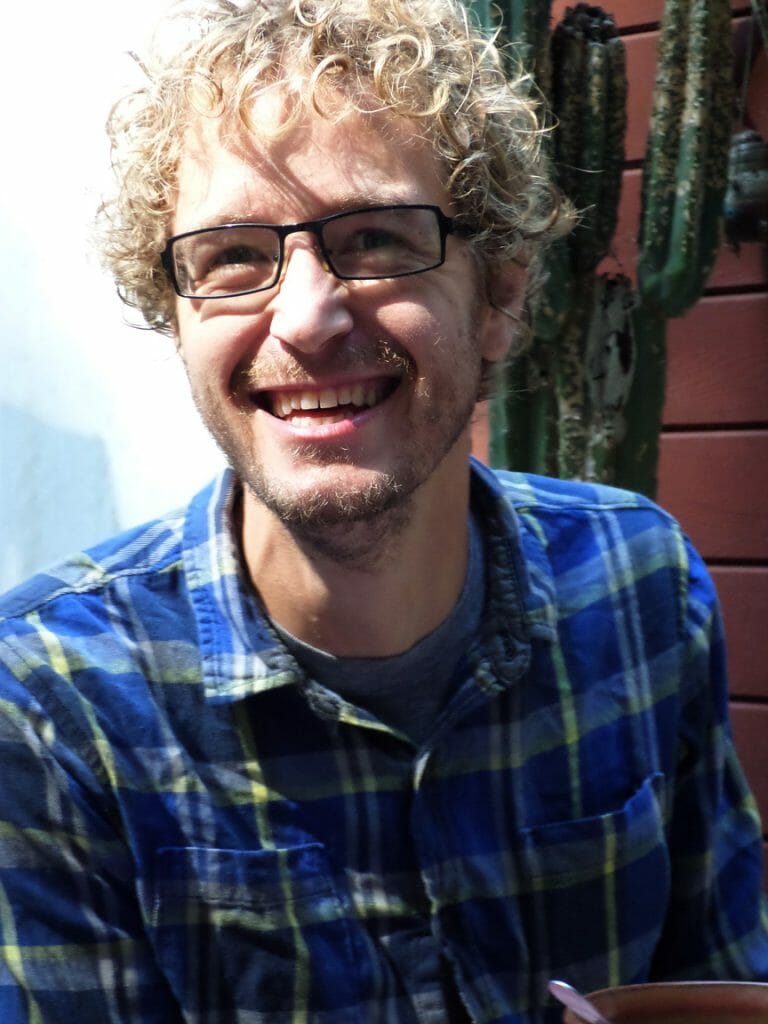
Lex Pelger. With a background in biochemistry, Lex Pelger writes and lectures about the science of psychoactives. He’s written three graphic novels about the endocannabinoid system based on Moby-Dick and hosts the Lex Files podcast about spirituality and psychoactives. Follow him on Twitter @TheLexFilesShow or join his No Nonsense! newsletter.
